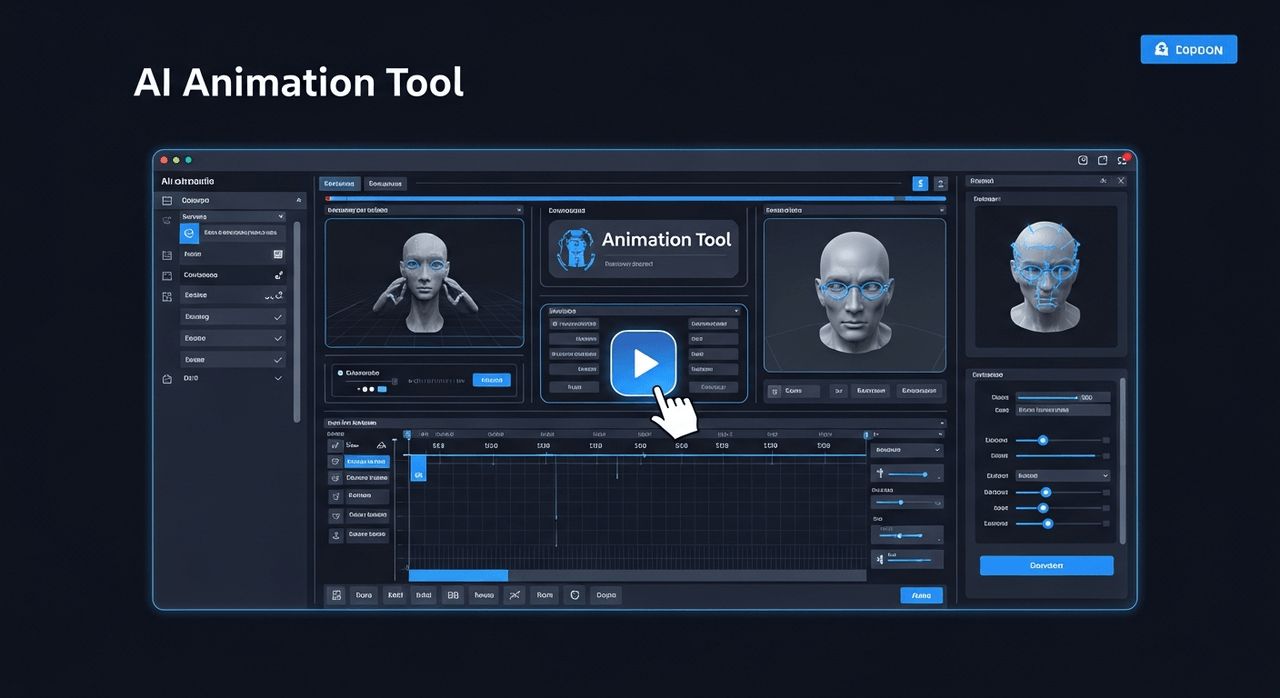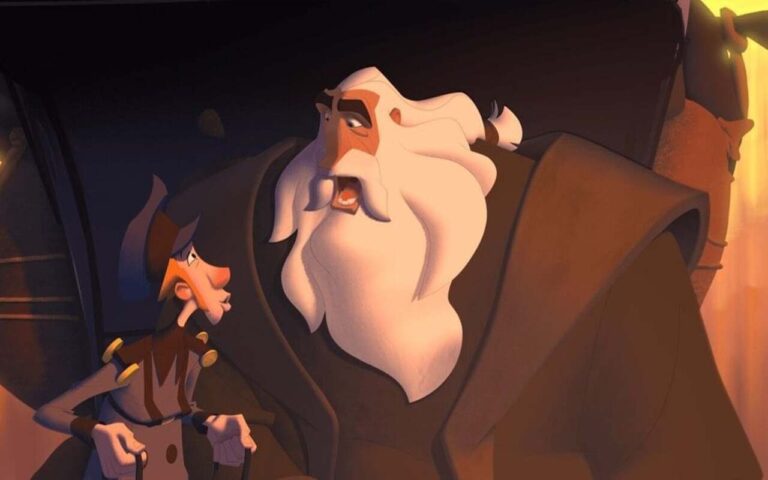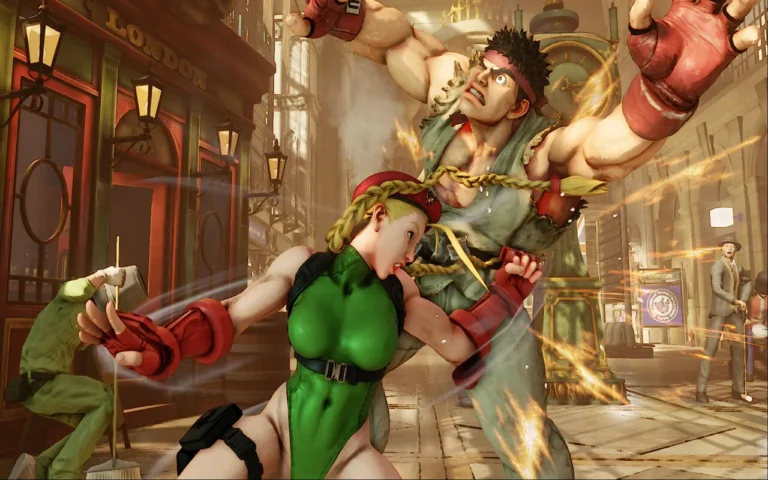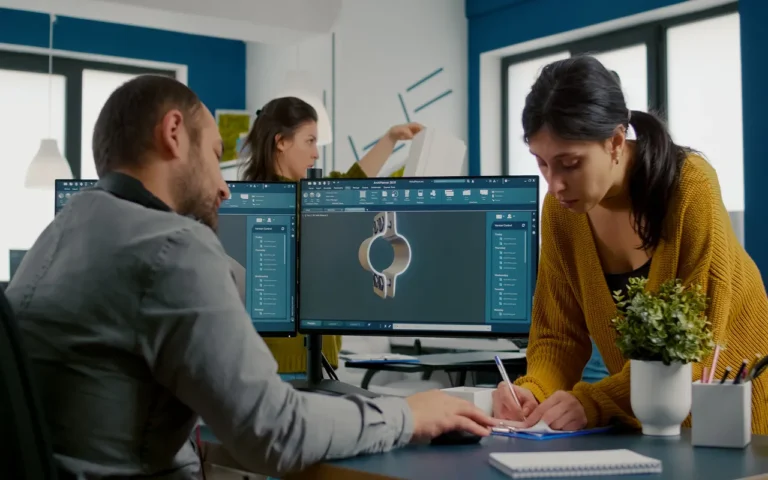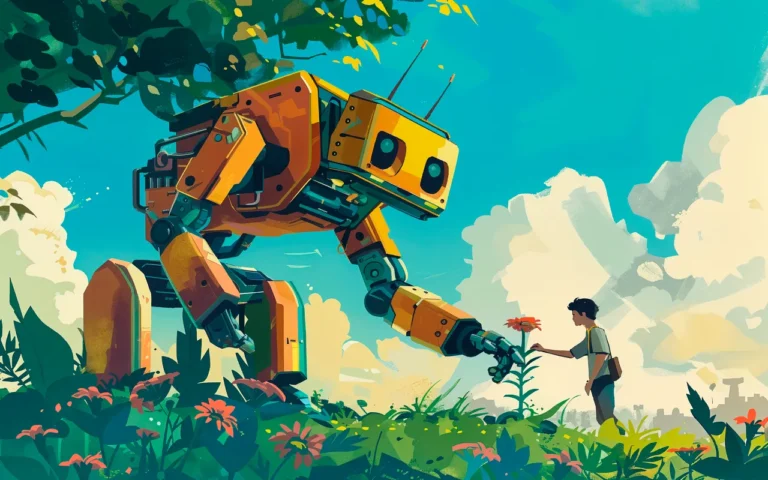Animation is where dreams move—but story is what gives them life. You’ve probably seen it: an animated short that became viral not for its graphics but because it made you cry in under 3 minutes. Or, perhaps you have watched an animation that was beautifully crafted but left you hollow because, despite its technical abilities, it didn’t have heart. That heart? It’s almost always the story.
In a world full of hyper-saturated content—scrolling, skipping, streaming etc.—animated content must work harder than ever to stand out. But it’s not more effects or crisper lines that will make a difference. It’s the story. Honest, emotional, character-based story.
Whether you are a student, lover of animation, a creator at an animation company, or just a hopeful person dreaming of your first animated short, understanding the why of story’s power in animation could influence your experiences as a consumer—and as a creator.
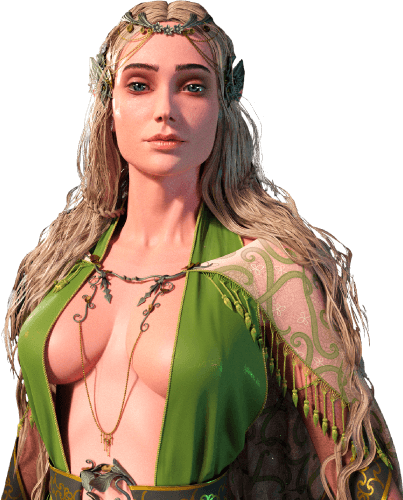
Need Animation Services?
Visit our Animation Service page to see how we can help bring your ideas to life!
Storytelling: The Beating Heart of Animation
Many people see animation as simply “cartoons” or “moving art”, which barely grazes the surface of what animation truly is. In its essence, animation is a language. A language that speaks with movement, sound, expression and most importantly, narrative. A story well told provides animation with its very frame. It is the thing that will hold up every scene, every frame.
Without it, your project is a beautiful but empty shell. You could think of it this way: visuals invite the viewer in; story entices them to stay. We live in a world of short attention spans and limitless choice. If your animation does not share a message — if it does not connect — it will simply vanish in the feed.
That’s why storytelling is not just nice to have, but is the very foundation. However, why is the psychology of storytelling in animation so important? Why is animation more than simply entertainment, and is essential for meaning, longevity, and connection? Let’s dive in to find the answer!
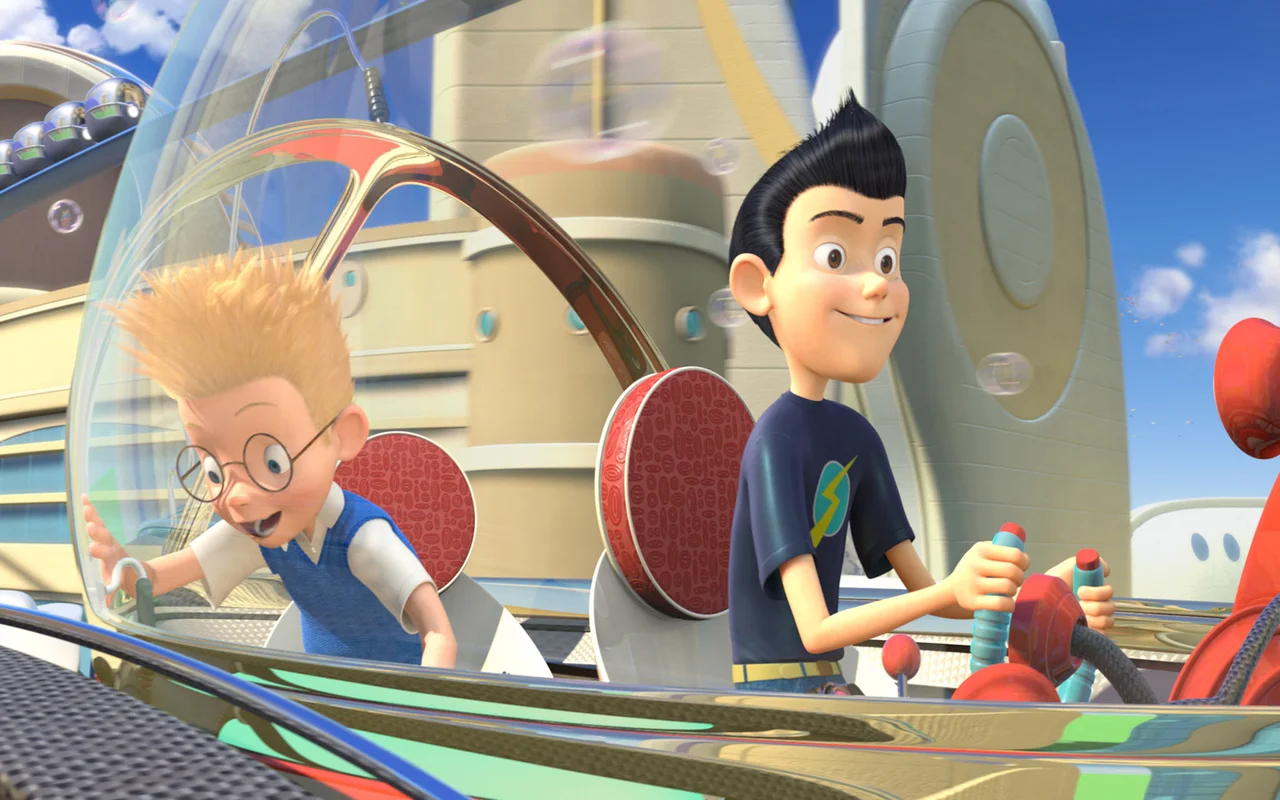
Why Storytelling Is the Foundation of Animation
Animation might appear to start with the visuals. That’s what we witness. However, nearly all great animated works begin with a spark of narrative: a character’s desire, a dilemma, a world in conflict. When an animation studio like Pixar starts development, they don’t start with paint samples or lighting techniques.
Instead, they start their process in a story room, mapping out character arcs and emotional beats. Then the writers brainstorm and create outlines, deconstruct the structure, consider the effects of each action taken, and rewrite over and over until the story has earned its heart. Creating an animation is an expensive and lengthy process.
The point is that time is precious. That’s why the story comes first. A good story ensures the investment is worthwhile—it gives every frame purpose. With narrative, animation is cinema, and that distinction is everything. A strong narrative provides direction to pacing, significance to movement, and dimension to design. It acts as the compass that keeps the entire production from drifting aimlessly in a sea of cool but disconnected ideas.
Read More: Is Disney’s Magic Fading? The Decline of True Storytelling
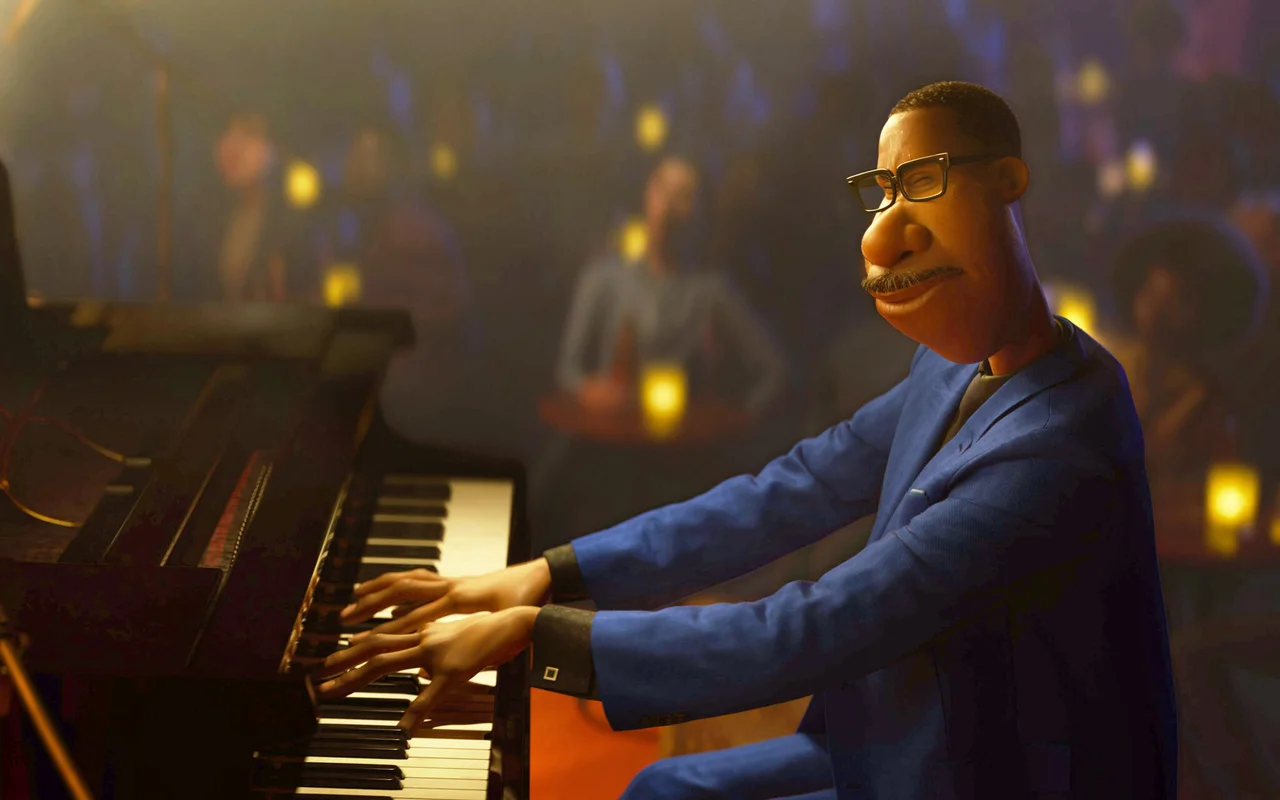
How a Great Story Brings Characters to Life
We don’t love characters for how they look—we love characters for their experiences. Take Marlin in Finding Nemo (2003). He is not just a clownfish. He is a frightened father with the burden of grief rushing through him while holding on to the one thing he has left. That emotional anchor is what makes him so memorable.
Great storytelling gives animated characters:
- Motivation – What do they want?
- Obstacle – What is stopping them?
- Growth – How do they learn?
This is known as character development, and it is the heart of any story. It allows animation to become more than just a spectacle and become story-driven art. Even side characters can become popular characters when they serve the story. Take, for example, the personality of Olaf in Frozen (2013); Olaf’s balance of charm, great design, and comedic timing is only compounded by his character as the embodiment of innocence and unconditional love!
When you watch an animated film and feel familiar with the characters, you are not responding to their design. You are responding to their journey! Characters are emotional vessels. If you are feeling them, then you will stay. If not, it doesn’t matter how polished or spectacular the visuals are—the experience is lost.
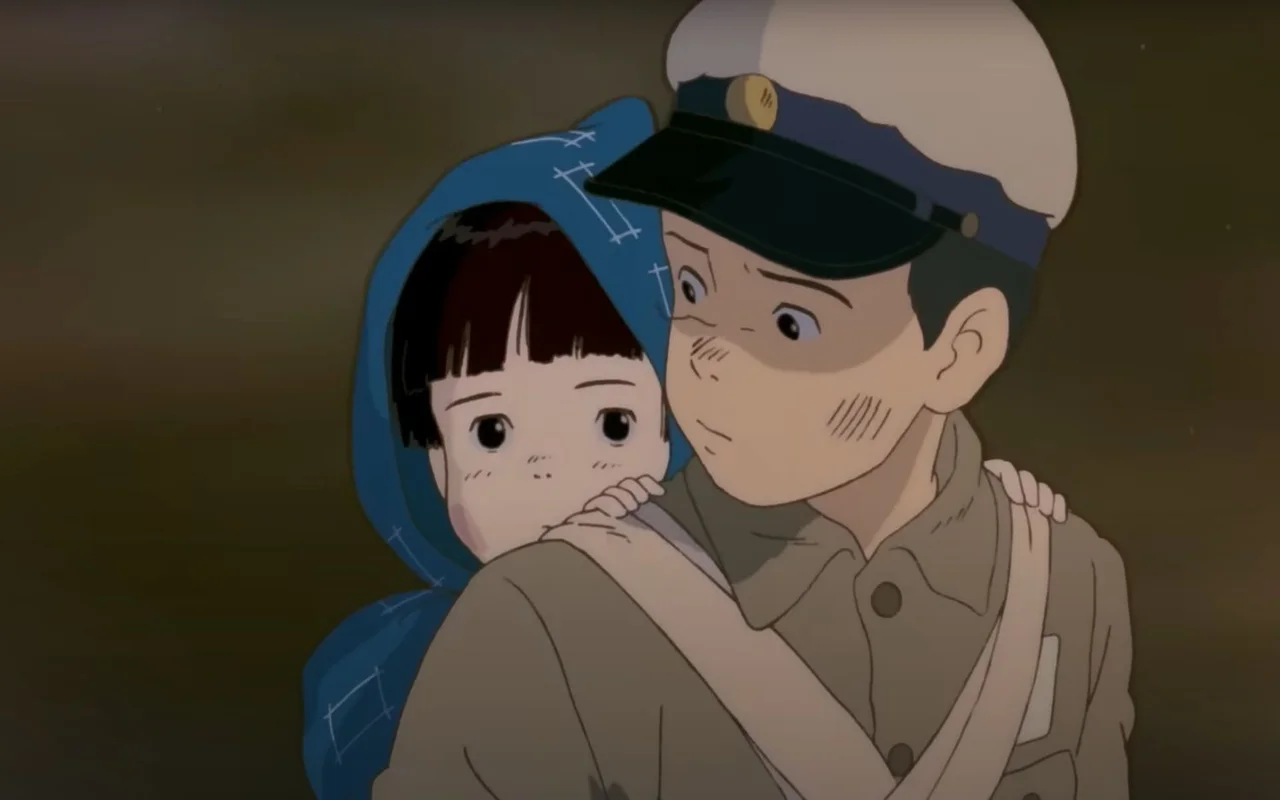
The Emotional Power of Narrative
Let’s face it: animation can do what live-action often can not. It can make the impossible feel intimate. It humanizes monsters and anthropomorphizes talking toys. But the real magic happens when story and emotion come together. A true good story is not just one that pushes a plot—it should move people. It is the story that gets under your skin. It allows you to reflect, recall, and sometimes even shift perspectives.
Conflict Is the Bridge
The secret to emotional engagement? Conflict. Not all conflict is loud. Sometimes it’s internal—a character wrestling with grief, guilt, or fear. Sometimes it’s between people, like sisters trying to reconnect in the shadow of an ancient curse (yes, like Frozen). Conflict gives the audience something to feel, something to hope for. Without it, there’s no tension, no catharsis, no growth.
Themes Are What We Carry With Us
Stories are most effective when they explore something larger than what is presented. This is where themes come in. Encanto (2021) is not just about a magical family; it is about identity, pressure, and acceptance. WALL-E (2008) is not simply a love story; it is about environmental decay and a separation of humans from nature. Themes give a narrative its longevity. They are the part of the narrative that remains after the credits roll.
Empathy and Identification
The reason we remember stories is often because we see ourselves in them. A lonely robot. A brave little girl. A father with a fear of loss. These aren’t just characters—they’re mirrors. Empathy is where animation truly shines.
It lets us step into someone else’s shoes—sometimes literally—and feel with them. This is the magic of good storytelling. When empathy becomes the primary driver for the work, any world—even the most outrageous, is transformed into a place we can relate to.
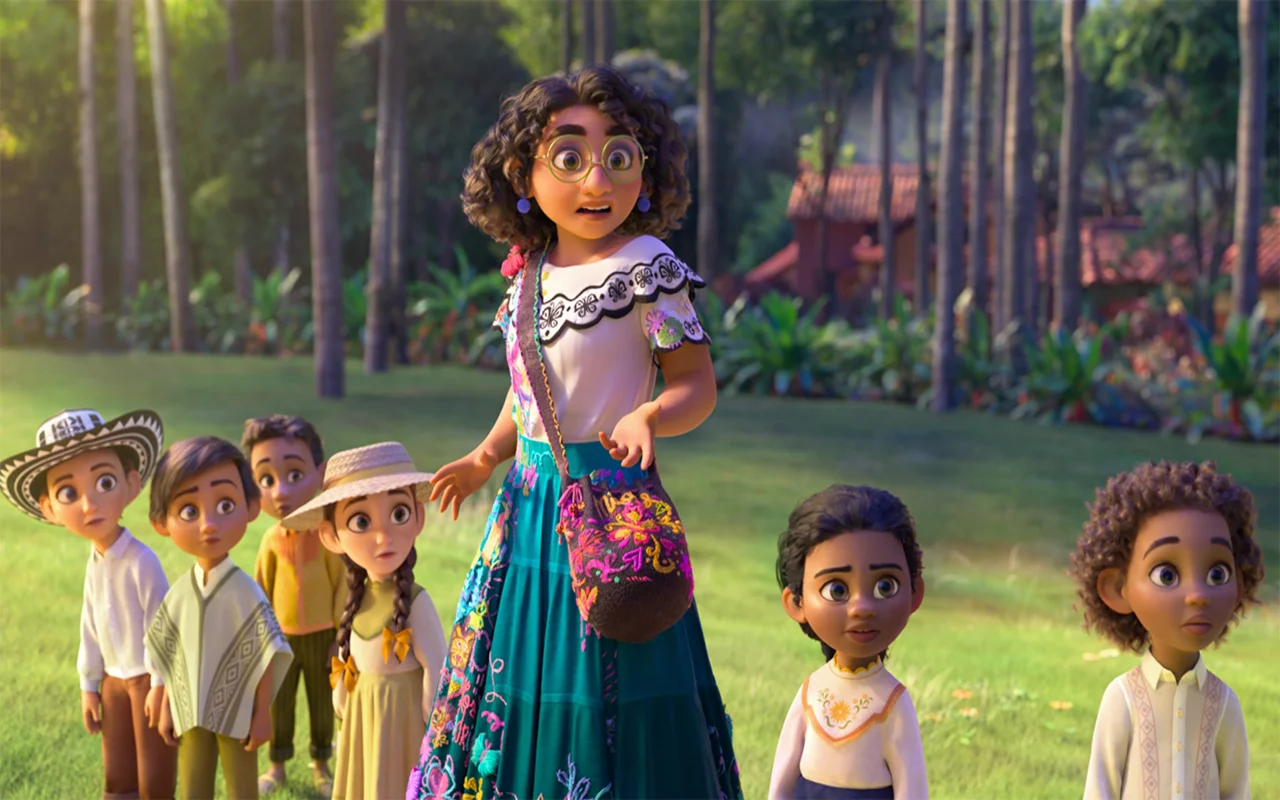
Visual Storytelling: Showing Without Telling
One of the unique strengths of animation is that it can say everything without saying a thing. It is referred to as visual storytelling, and when done well, it is the most powerful storytelling device in animation. A character walking slowly down a dark hallway, a deliberate tonal choice in red for a key moment, a quick, silent nod between two rivals… these are story elements conveyed through image.
They bypass language and hit us on a gut level. Look at The Iron Giant (1999). Some of the most poignant moments are silent. The giant’s gestures, his eyes, the way he holds Hogarth—those visuals speak volumes.
But Words Still Matter
This isn’t to say spoken narrative isn’t valuable. Dialogue and voiceover bring clarity and rhythm. The best storytelling uses both—image and word—in harmony. A simple smile paired with the right line of dialogue?
That’s storytelling gold. Storyboarding plays a critical role here, too. It’s where the dance between visuals and pacing begins, giving shape to how the audience will experience the narrative. If the story is strong, skillful use of angles, transitions, lighting, and movement will all help to serve the emotions.

Examples of Story-First Animation Success
In the realm of animation, amazing visuals can only carry a story so far. What really makes an animated film memorable is its storytelling – the process of merging characters, themes, and emotions into a story that lingers long after the lights go out. From touching family stories to courageous examinations of identity and culture, there have been some animated works that set the standard for how story can amplify animation into art.
Let’s explore a selection of these remarkable animations that prove great storytelling is the heart of animation.
1. Inside Out (2015)
The film uniquely personifies emotions, opening the door to look into the complicated emotional world of a young girl. The story provides comic expositions countered by meaningful insight into how feeling happy and sad can form one’s identity. The makers of this film are exemplary in their ability to make abstract information relatable through characters.
2. The Tale of the Princess Kaguya (2013)
This movie adapts a beloved Japanese folktale, featuring stunning hand-drawn animation and an exploration of mortality, joy, and sadness. Its storytelling is poetic and intensely emotional, built on visual metaphors and nuanced character emotions.
3. Mary and Max (2009)
This uniquely created animation presents loneliness, mental health, and connection through the pen-pal friendship between a lonely girl and an older man. This storytelling could be the most raw, honest and bittersweet, as it carries the best of humor while taking down deep emotional truths. The stop-motion style is used uniquely for an intimate character-driven story to show how the most unlikely of friendships can provide hope, understanding, and therapy.
4. Your Name (2016)
Makoto Shinkai’s Your Name fuses romance, mystery, and fantasy into a story that is equally visually stunning and emotionally impactful. The film’s structure creates tension and curiosity through timeline shifts and identities, while also grounding it in broad and universal experiences such as yearning and connection. The power of its storytelling is reflective of its design – it doesn’t tell us the love story, it lets us feel what it means to miss someone you have never met.
5. Coco (2017)
Coco is an exquisite and emotional tale rooted in Mexican culture, cultural familial traditions, memory, legacy, and forgiveness. Through music and myth, it draws together an emotional story that moves the audience.
6. Song of the Sea (2014)
Embarking on a magical journey inspired by Irish folktales, this beautifully illustrated story brings mythology to life through family drama. While it is a fairy tale, the scale, depth, and emotional weight of the narrative make it more than just a fairy tale. It contains beautiful animation and sincere themes of loss, hope, and sibling love. It is unquestionably a powerful film by all measures, and its impact of the film goes beyond the closing credits.
7. Memoir of a Snail (2023)
Adam Elliot combines stop-motion film and sentimental voiceover narration to craft a deeply personal and bittersweet story about a girl named Grace, who finds assurance in collecting after she suffers from the pain of loneliness and loss. Memoir of a Snail presents a raw, yet empathetic perspective of mental health and the way we adapt and endure, surrounded by Elliot’s signature quirky realism. The emotional honesty and simplicity of the narrative elevate this piece into intimate, character-based storytelling.
8. A Silent Voice (2017)
A Silent Voice addresses bullying, disability, and forgiveness while showing emotional depth and raw honesty. The story is engaging because it embraces complexity in character, imperfection, and allows the characters to improve through the pain and understanding they experience. The subtleties of its quieter moments and explosive character engagements create a deeply personal yet universally relatable journey. It encapsulates how the healing process often begins with empathy and courage.
Inside the Storytelling Magic of Great Animation Creators
The finest animation studios don’t develop stunning images—they develop stories that resonate with you. Their secret is storytelling that incorporates emotion, character, and theme in relatable, memorable stories. Let’s look at how they do it.
Pixar: Emotional Arcs Done Right
Every Pixar film begins with one central idea: What is the emotional core? Whether Woody is dealing with reduced replaceability or Joy is accepting Sadness, Pixar bases its movies on emotional trajectories. This is why the films are so effective—they are grounded in real human fears, hope, and transformations. It was not the animation of the first few minutes of Up that made us cry. It was the story.
Studio Ghibli: Subtlety and Symbolism
Hayao Miyazaki’s films are rarely written according to Western templates of story structure. Instead of following plot points, they breathe; they linger; they create contemplation. Spirited Away (2002) is a story where Chihiro is not going through a fantastical world full of magic, but rather a journey of spiritual transition and emotional growth. Her transformation is almost subtle but emphatic. Ghibli can take everyday things and consume them in artful storytelling to make them feel magical.
Cartoon Saloon: Folklore With Feeling
Cartoon Saloon (Song of the Sea, Wolfwalkers), an Irish animation studio, utilizes local, indigenous mythology and imprints it with heavy emotion. Their films look hand-done and often tell a story that is rooted in respect for heritage, nature, and family.
They demonstrate how animation can celebrate the past with reverence while also cultivating a connection to the present.
Adam Elliot: Intimacy Through Imperfection
The stop-motion films of Adam Elliot (Harvie Krumpet, Mary and Max, Memoir of a Snail), characterized by an emotional truthfulness and a handmade quality, feature characters that are “regular” and outcasts—awkward, imperfect, and as utterly human as we all are. Through carefully narrated inner worlds and lovely visual storytelling, Elliot empathetically takes us through issues like loneliness, mental illness, and what it takes to keep going—all the while with humor and fragility. Elliot’s works exemplify that you don’t have to have fancy animation for it to be impactful. You just need to be honest.
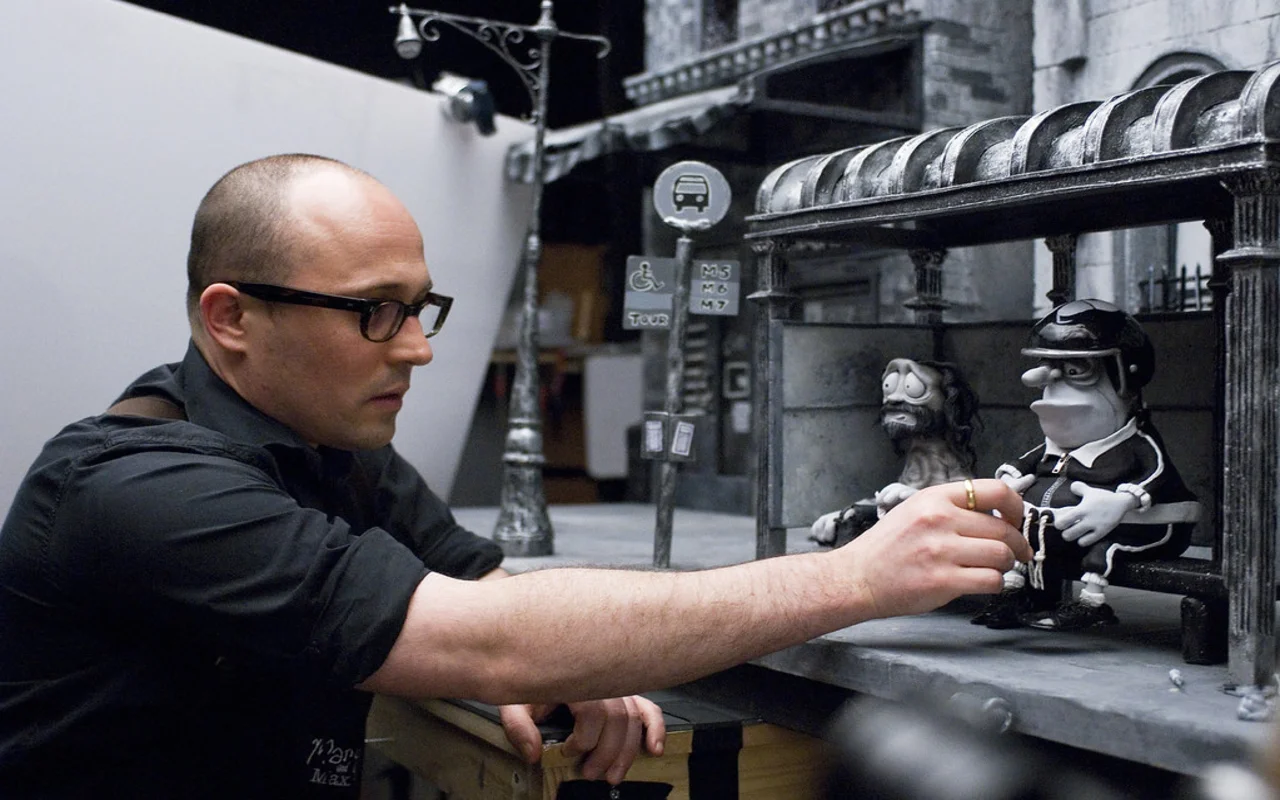
What Happens When Storytelling Falls Flat
Not all animation is created equal. Some projects look incredible but leave no impression. That’s often the result of weak narrative design. When storytelling is neglected, you get:
- Characters who feel like props
- Plots that wander or contradict themselves
- Scenes that look great but mean nothing
And worst of all—you lose the audience’s emotional investment. Without emotional stakes, even the most dazzling sequences fade from memory. Think of storytelling as the glue holding every part of your animated vision together. Without it, the cracks begin to show.
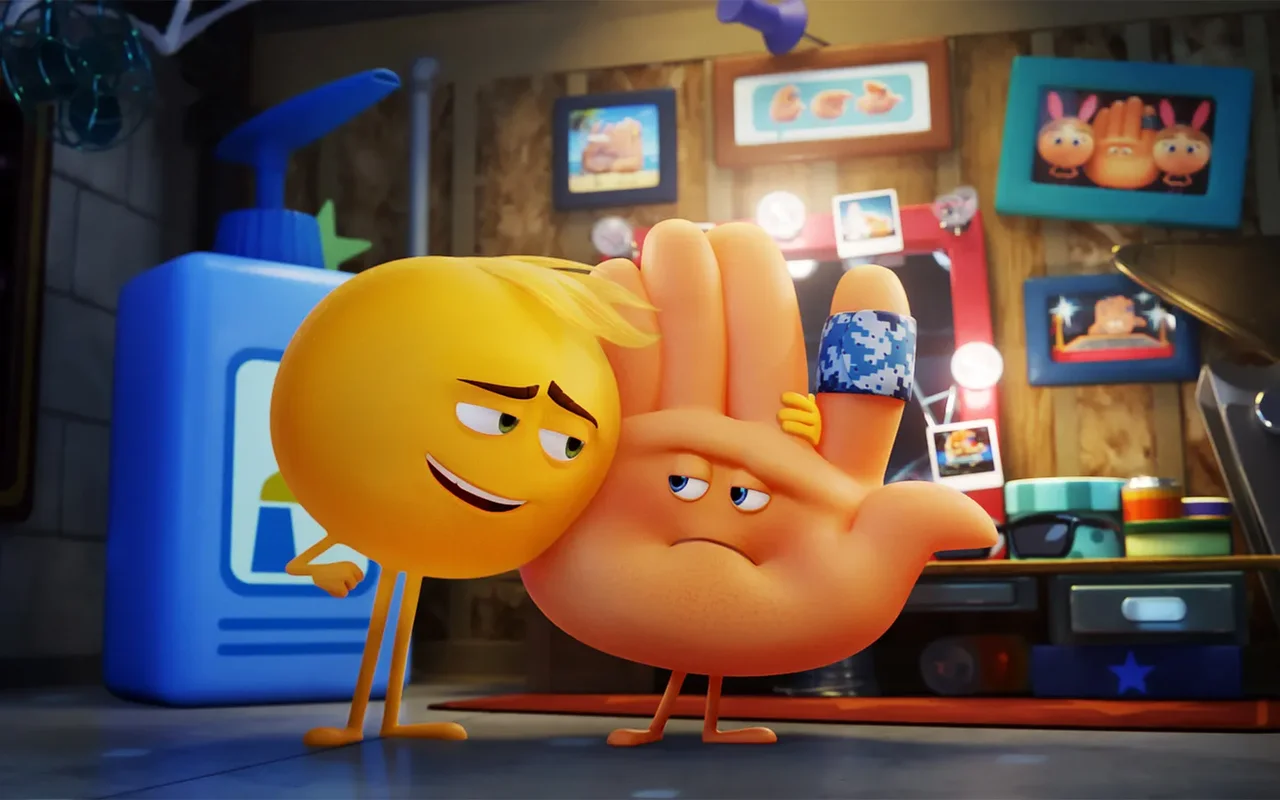
The Rise of Story-Driven Animation Today
We are in a golden age of animated storytelling. From series like Arcane (2021) and BoJack Horseman (2014) to indie gems like Wolfwalkers (2020), the world is hungry for animated content that goes deeper. Animators are going beyond style—they are aiming for substance. Audiences want to feel. Audiences want to relate. Audiences want a story.
That’s a great opportunity for creators. Animation is not just visual storytelling—it is emotional storytelling. Even TikTok and Instagram are becoming aware of this shift. The most shared animated reels and short-form videos are the ones that offer meaningful impact. Stories that twist your expectations, spark laughter, or elicit tears in less than a minute.
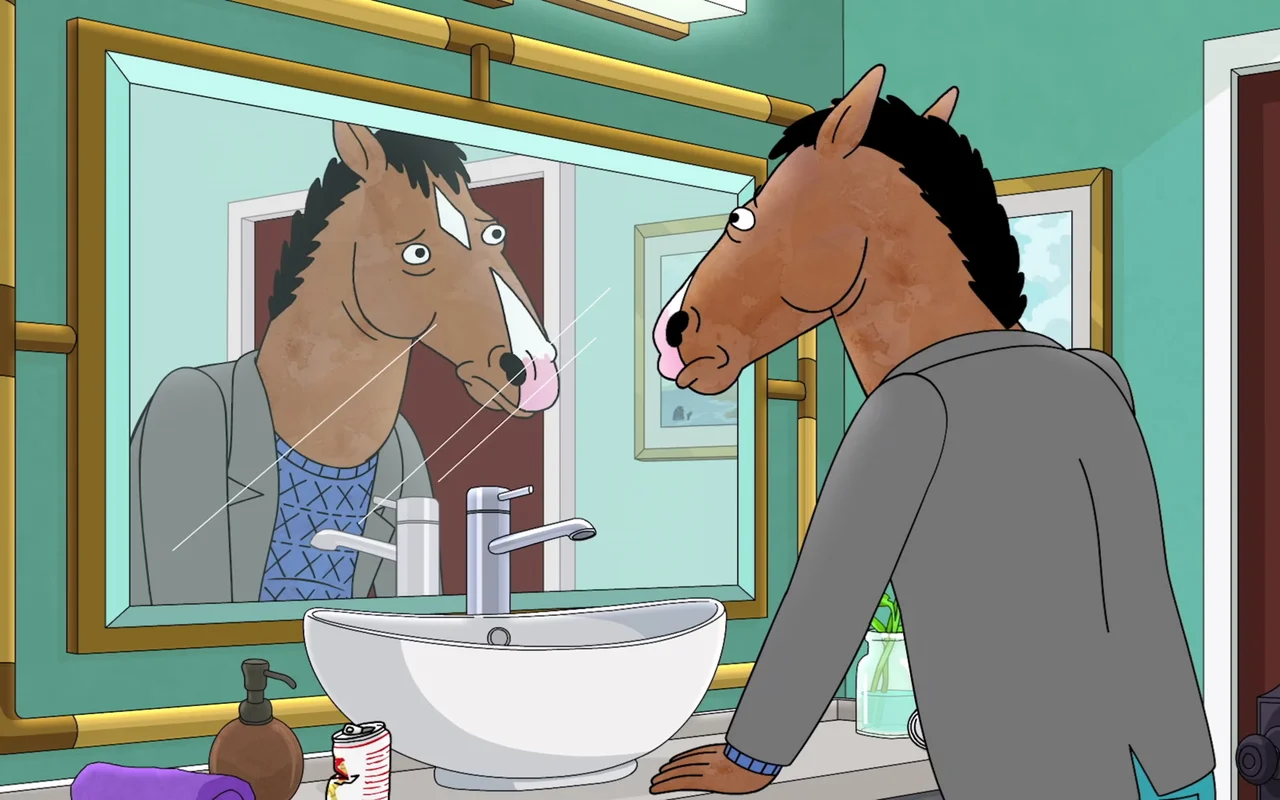
Tips for Writing Stronger Stories in Animation
So, how do you create story-first animation? Here are some actionable tips to elevate your narrative craft:
1. Start With the Character, Not the World
The setting is important, yes. But your audience connects first with who they’re watching, not where they are. Build from the inside out.
2. Know the Emotional Arc
What does your character believe in the beginning? What changes them? Where do they end up? A solid emotional arc is the key to narrative satisfaction.
3. Embrace Simplicity
The best stories are often the simplest at heart. Focus on one central theme or question, and let the rest grow from there.
4. Use Visuals with Intention
Every frame should tell a part of the story. Use color, movement, and design to reflect emotional shifts.
5. Don’t Rush the Conflict
Let tension build. Let characters struggle. That’s where growth—and audience connection—lives.
6. Rewrite Until It Rings True
Animation is expensive, but writing is cheap. Polish your story until it shines before you move into production.
7. Test It With Real People
Share your story idea with someone who loves animation and someone who doesn’t. If both care by the end—you’re onto something.
8. Learn From the Greats
Dissect your favorite animated film. Study how the story is structured. Notice what moments move you and why. Learning from the best is part of building your own voice.
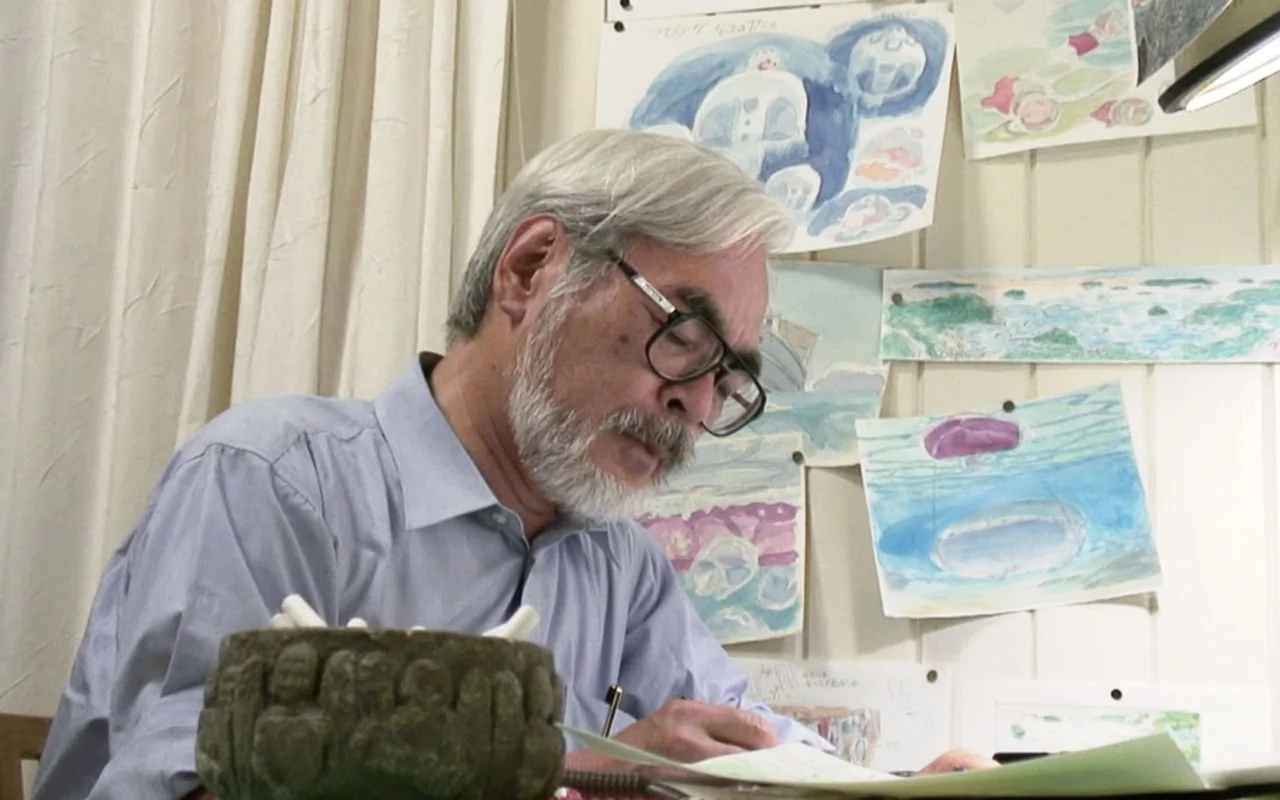
Animation Is Evolving—So Should Your Stories
We are well beyond the time when animations were “only for kids”. Today’s animated films and series are exploring grief, trauma, love, identity, purpose, and even political topics. It has become one of the most powerful forms of storytelling during our time. But with power comes responsibility. Whether you are creating animation (short film, series, or TikTok reels), you owe it to your audience to make the story matter. Because when the story matters, it sticks. It gets shared. It becomes part of the culture. It shows the world that animation is not just art in motion; it is emotion in motion.
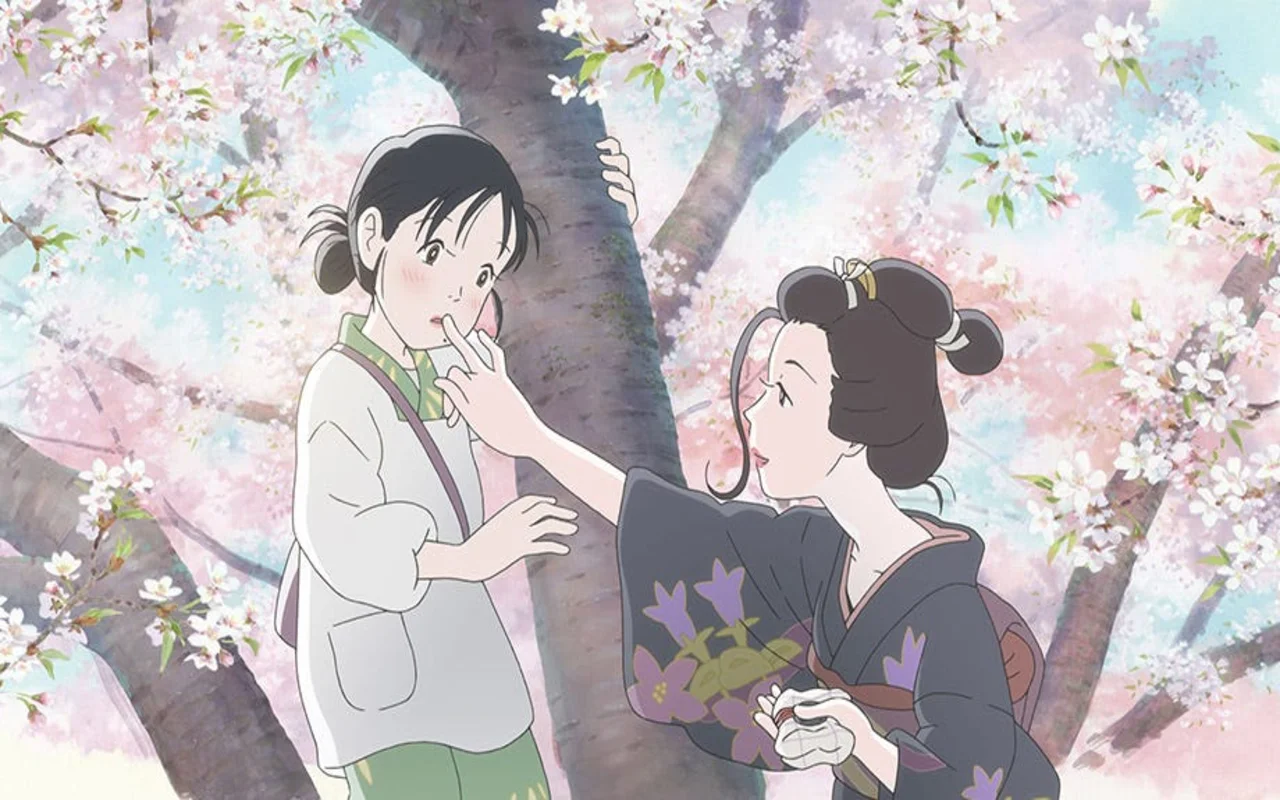
Conclusion: Story First, Always
If there’s one thing to take away from all this, it’s this: In animation, story isn’t the cherry on top—it’s the core. It’s what gives weight to wonder. It’s what turns sketches into symbols and sound effects into soul. It’s what makes an audience feel, not just watch. So before you worry about frame rates, color grading, or rendering time, ask yourself:
What’s the story I’m telling?
And more importantly—why should anyone care?
Because if you can answer that… you’re already halfway to something unforgettable.



